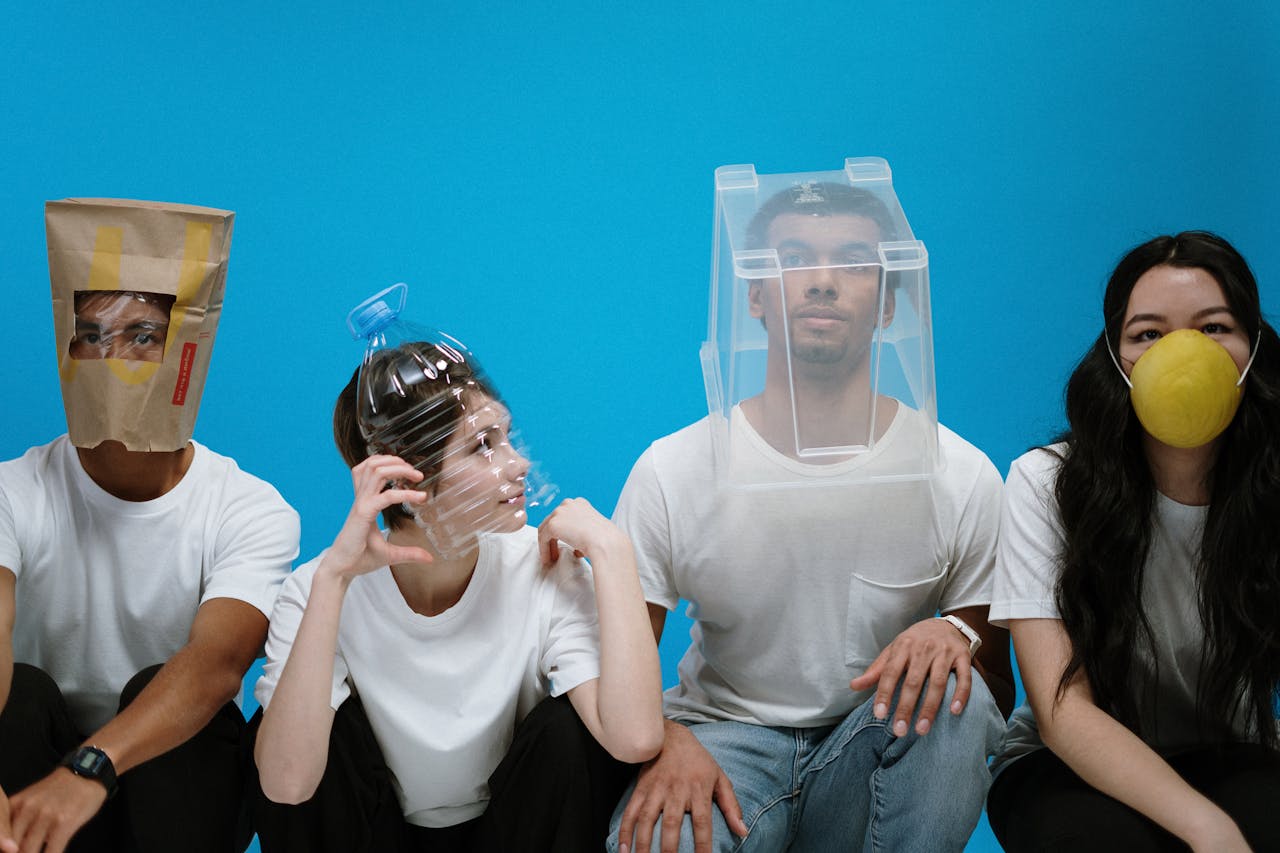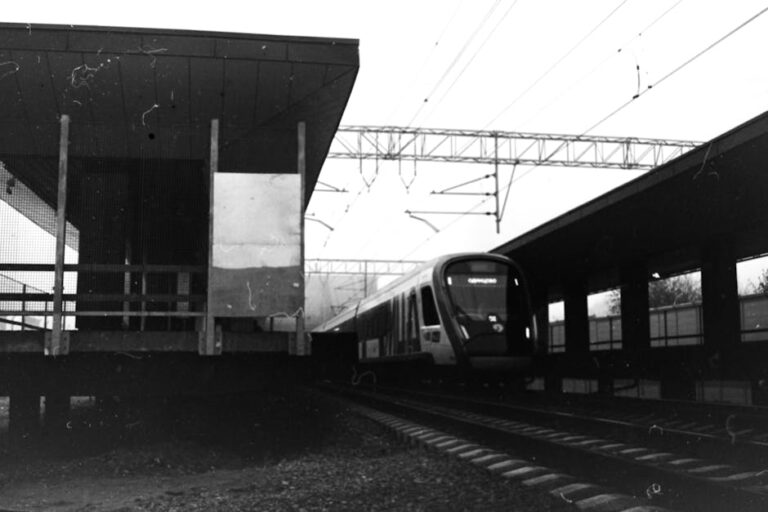Table of Contents
- The Pandemic’s Digital Imperative
- Accelerated Digital Transformation: A Paradigm Shift
- The New Consumer Persona: Digitally Empowered
- Pivoting Digital Marketing Strategies During Adversity
- SEO’s Enduring Relevancy
- The E-Commerce Onslaught: Adapting Online Selling
- Steps to Fortify Your Digital Presence
- Essential Tools For A Dynamic Digital Landscape
- Key Takeaways
- Frequently Asked Questions
In early 2020, as the novel coronavirus began its relentless sweep across the globe, an astonishing 37% surge in global e-commerce activity captivated the market. businesses, large and small, faced an unprecedented crossroads: adapt or perish. The pandemic did not just disrupt; it accelerated a digital transformation that was already underway, forcing a fundamental reassessment of how enterprises engage with consumers and transact business online. This deep dive scrutinizes the indelible mark COVID-19 left on digital marketing and online selling , offering a comprehensive case study of adaptation and evolution.
The Pandemic’s Digital Imperative
The seismic shifts instigated by COVID-19 made digital strategies not merely advantageous, but a foundational imperative for survival. Remote work became commonplace, physical retail diminished, and screens became the primary portals to commerce and connection. This societal metamorphosis compelled every organization to re-evaluate its digital footprint and operational models.
Accelerated Digital Transformation: A Paradigm Shift
The sudden shift to digital-first interactions propelled organizations into an expedited digital journey. Companies previously reliant on brick-and-mortar operations found themselves needing to establish or significantly augment their online presence with urgent haste. This accelerated transformation wasn’t a temporary fix; it reshaped industry paradigms, cementing digital as the nucleus of modern commerce. My own observations from numerous client engagements during that period confirm this: one prominent B2B distributor, historically content with direct sales, constructed a fully operational e-commerce platform in under six months—a project they had procrastinated on for years. This exigency painted a clear picture of priorities.
The New Consumer Persona: Digitally Empowered
Lockdowns and safety concerns fostered new consumer behaviors. Shoppers became accustomed to browsing, comparing, and purchasing online for a vast array of goods and services, including groceries and even healthcare consultations. This bred a more discerning and digitally adept customer. Their expectations for seamless online experiences, personalized content, and swift delivery skyrocketed. Businesses needed to understand this digitally empowered persona to resonate effectively.
Pivoting Digital Marketing Strategies During Adversity
As consumer behavior recalibrated, so too did the efficacy of traditional marketing avenues. Digital marketing became the undisputed champion, demanding innovation and strategic redeployment of resources.
Content Marketing’s Resurgence
With people spending more time at home, content consumption soared. Businesses that offered valuable, empathetic, and relevant content saw their audience engagement soar. This ranged from informative blog posts addressing concerns (e.g., ‘Work From Home Productivity Tips’), to comforting social media campaigns, and instructional video tutorials for new online services. The emphasis moved beyond mere promotion to providing genuine utility and building community trust.
Social Media’s Omnipresence
Social media platforms morphed into vital lifelines for connection, news, and commerce. Brands that leveraged these channels effectively, not just for broadcasting but for genuine two-way conversations, fortified customer relationships. Live streams, interactive Q&A sessions, and user-generated content became potent tools for engagement and fostering loyalty during periods of isolation. My take: platforms that enabled community, such as Facebook Groups or Reddit, became unexpected conversion drivers for niche brands.
SEO’s Enduring Relevancy
In a world heavily reliant on search engines for information and product discovery, Search Engine Optimization (SEO) proved its enduring value. As online queries surged—for “delivery services near me,” “how to sanitize,” “best home office setup”—businesses optimized their digital presence to capture this increased organic traffic. Visibility in search results translated directly into website visits and, critically, sales. The brands that adapted their keyword strategies to reflect new societal needs held a substantial competitive advantage.
The E-Commerce Onslaught: Adapting Online Selling
The forced closure of physical stores and increased trepidation about public spaces meant that online selling was no longer a supplementary channel but the primary, and often sole, avenue for transactions.
Streamlined User Journeys and Conversion Optimization
Businesses quickly realized that simply having an online store was insufficient. The user experience needed to be frictionless from discovery to checkout. This led to a pervasive focus on conversion rate optimization (CRO)—refining website navigation, simplifying purchase processes, optimizing loading speeds, and ensuring mobile responsiveness. An intricate user journey translated directly to forfeited sales. A client who owns a boutique apparel brand told me their website’s checkout abandonment rate dropped by 20% after they streamlined it from five steps to two—a direct response to the heightened competition and lower consumer patience witnessed during the lockdowns.
Omni-channel Integration: A Holistic Approach
While online sales soared, the future pointed towards an integrated, omni-channel approach where online and offline touchpoints synergized. Concepts like “buy online, pick up in store” (BOPIS) gained immense traction. Retailers with physical locations leveraged them as fulfillment centers or convenient pickup points, blending the convenience of online shopping with the immediacy of physical collection.
Building Digital Resilience: A Strategic Blueprint
The COVID-19 era taught an invaluable lesson: business agility and digital preparedness are paramount. Moving forward, the lessons from this case study form a strategic blueprint for sustained growth.
Steps to Fortify Your Digital Presence
A robust digital presence no longer remains an option but a foundational requirement.
- Audience-Centric Content Mapping: Comprehend the shifting exigencies of your target audience. Create content that educates, assuages concerns, and offers value, rather than overtly pushing products. Your narratives should resonate deeply.
- Platform Diversification: While your website remains central, diversify your presence across relevant social media platforms, industry-specific forums, and perhaps even emerging metaverses. Don’t place all your digital eggs in one basket.
- Invest in Data Analytics Prowess: Cultivate the ability to glean actionable insights from your website and social media data. Understanding consumer behavior through analytics will permit precise, data-driven marketing decisions.
- Embrace Personalization at Scale: Utilize CRM and marketing automation tools to deliver bespoke experiences. From personalized product recommendations to tailored email campaigns, this fosters stronger bonds.
- Foster Trust Through Transparency: In uncertain times, authenticity garners loyalty. Communicate openly about your operational changes, safety protocols, and customer support.
Essential Tools For A Dynamic Digital Landscape
Leveraging the right digital toolkit is pivotal for operational efficacy.
- Customer Relationship Management (CRM) Systems: To manage customer interactions and personalize outreach.
- Marketing Automation Platforms: For automating email campaigns, social media posting, and lead nurturing.
- Search Engine Optimization (SEO) Software: To analyze keywords, track rankings, and identify technical issues.
- E-commerce Platforms (Shopify, WooCommerce): Robust platforms facilitating seamless online transactions.
- Analytics Tools (Google Analytics 4): To monitor website traffic, user behavior, and campaign performance.
“The pandemic accelerated digital adoption by nearly five years. Companies that recognized this rapid shift and recalibrated their strategies are the ones that continue to thrive in 2025,” posits Maria Rodriguez, a renowned digital transformation expert. Her sagacious counsel underpins the necessity of continual adaptation.
Common Pitfalls and Remedial Actions
While many businesses successfully navigated the digital transition, common missteps hindered others.
Overlooking Data Analytics
A significant mistake lay in treating websites merely as digital storefronts without leveraging the invaluable data they generated. Neglecting analytics means operating in the dark, unable to pinpoint effective strategies or areas needing amelioration. Remedy: Prioritize analytics education for marketing teams and establish regular reporting rhythms.
Static, Non-Adaptive Content
Content created before the pandemic, if not updated or contextualized, quickly became anachronistic. A content strategy that failed to acknowledge the global shifts lost its potency. Remedy: Implement a dynamic content calendar that allows for rapid adjustments based on prevailing news, consumer sentiment, and search trends. Your content must resonate with the current climate.
Expert Perspectives and Future Trajectories
Leading digital marketers universally concur that the COVID-19 pandemic permanently altered the marketing and selling landscape. The erstwhile distinction between “online” and “offline” experiences has blurred, creating a cohesive digital ecosystem where customers anticipate fluidity across all touchpoints. The future points towards increasingly sophisticated AI-driven personalization, expanded virtual reality commerce, and greater reliance on predictive analytics to anticipate consumer desires. Organizations failing to integrate these emergent technologies may find themselves at a perilous disadvantage.
Key Takeaways
- COVID-19 precipitated an unprecedented acceleration in digital transformation.
- Consumer behavior underwent a profound shift towards digital-first interactions.
- Digital marketing strategies, particularly content marketing and SEO, proved indispensable.
- Online selling became the primary transaction channel, necessitating enhanced UX.
- Building digital resilience through audience-centric content, platform diversification, and data analytics prowess is vital.
- Ignoring analytics and maintaining static content proved detrimental during the crisis.
- The future emphasizes AI, VR, and predictive analytics for competitive advantage in the digital marketing and online selling spheres.
Frequently Asked Questions
What major shifts appeared in how people bought things online?
Consumers migrated to online channels for nearly all purchases, leading to higher expectations for convenience, delivery speed, and seamless digital experiences across categories.
How did digital marketing efforts change for businesses globally?
Digital marketing focused on empathetic, value-driven content and pervasive social media presence, shifting from direct promotion to community building and information sharing.
What specific tools gained significant traction for online businesses?
E-commerce platforms, video conferencing software, advanced analytics tools, and robust CRM systems became essential for sustained operation and growth.
Will the accelerated shift to online selling continue its momentum?
Yes, the habits formed during the pandemic are largely ingrained, making digital channels the preferred mode for many transactions and continued e-commerce growth .
What role did SEO play during the height of the global health crisis?
SEO was paramount for visibility as search queries exploded, allowing businesses to connect with a captive online audience seeking solutions and products during unprecedented times.
Recommendations
The enduring impact of COVID-19 on digital marketing and online selling compels every organization to sustain its digital investments with unwavering commitment. Enterprises must foster perpetual innovation, prioritizing user experience, data-driven decisions, and a flexible content strategy. Continuous upskilling of teams in digital proficiencies remains a critical component of navigating the evolving landscape. Proactive adoption of emergent technologies, like AI for personalized campaigns and immersive VR experiences for product showcases, will determine market leadership.
To fortify your organization against future disruptions and capitalize on the indelible digital shift, begin a thorough audit of your current online ecosystem. Contact our expert team today for a tailored digital marketing and sales strategy assessment, ensuring your business is not just ready for tomorrow, but defining it.












